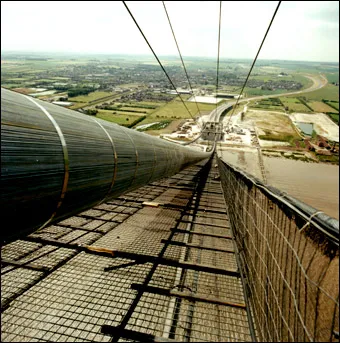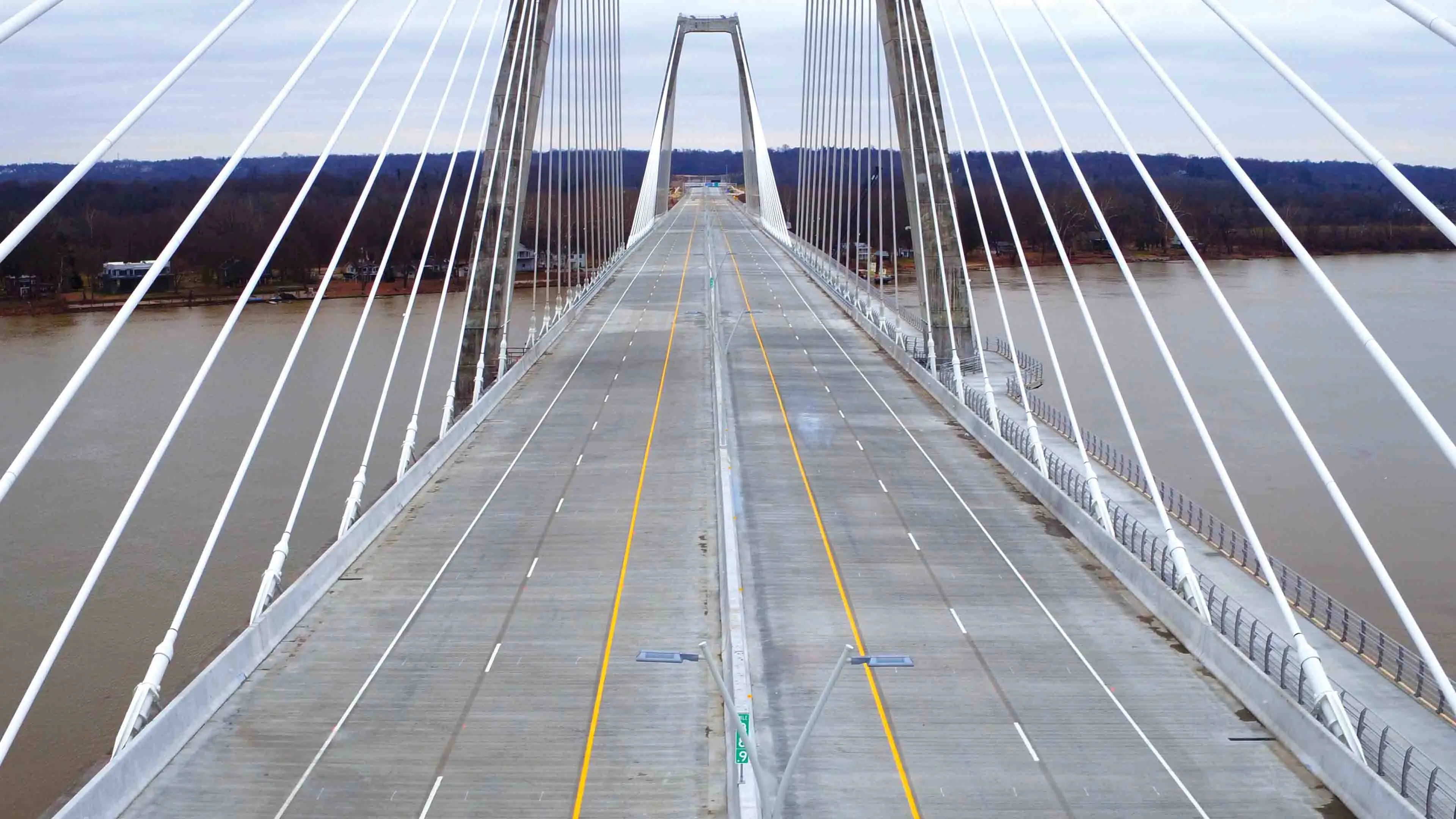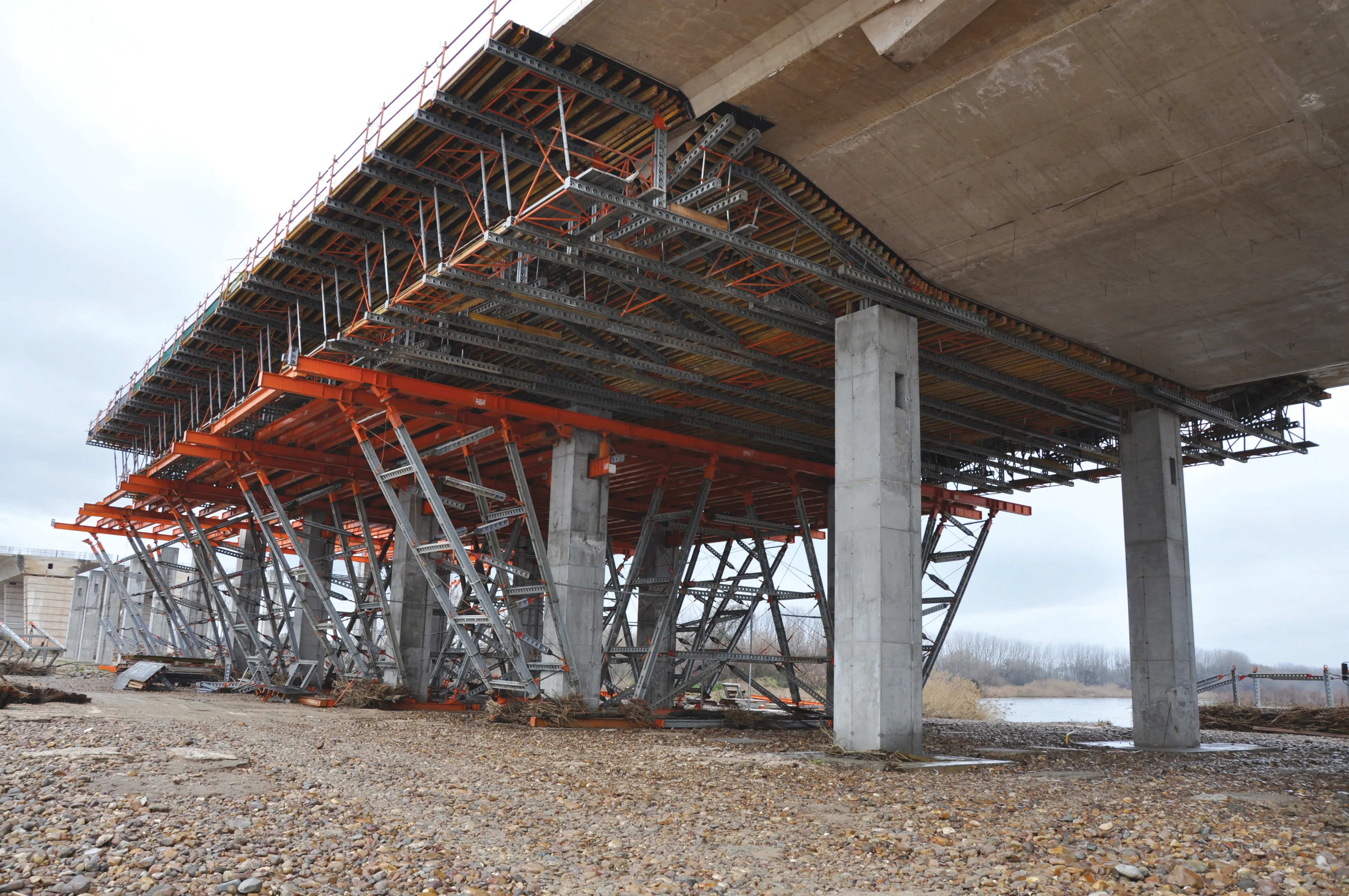
Any refurbishments to the Humber Bridge near the northern English city of Hull will be subject to intense scrutiny after being designated a historic site.
The bridge - only 36-years old – was the longest single-span suspension bridge for 16 years until it was surpassed in 1998 with completion of Japan’s Akashi Kaikyō Bridge with a main span of 1.9km. The Humber Bridge now ranks eighth-longest as measured by its main span of 1.4km.
Historic England, the listed structures designating authority, described the bridge as a "formidable engineering feat" which "despite its great size and strength has a simple elegance in harmony with the landscape".
The 1.4km bridge is one of nine places being listed in a celebration of Hull's heritage.
It was the longest single-span suspension bridge for 16 years and remains in the top 10 longest spans in the world.
Historic England described it as a "formidable engineering feat", which "despite its great size and strength has a simple elegance in harmony with the landscape".
The bridge now has Grade 1 listed status meaning it is of “special architectural or historic interest”. A listed building or other structure such as a bridge may not be demolished or altered without special permission from local government which often consults a central government agency. Alterations, when permitted, and repairs often must be done with specific materials or techniques to maintain the structure’s original appearance.
Although most structures appearing on the protected lists are buildings, other structures such as bridges, monuments, sculptures, war memorials and even milestones and mileposts are included.
The Humber Bridge joins other bridges on the protected list, including Scotland’s cantilever Forth Rail Bridge near Edinburgh. The bridge, which opened in 1890, is also a
Among other listed structures is the pedestrian crossing on London’s Abbey Road – iconic because of its appearance on the cover of the Beatles 1969 album of the same name. The album was so named because it was made in Abbey Road studios.
(European bridge update in the forthcoming July/August issue of









